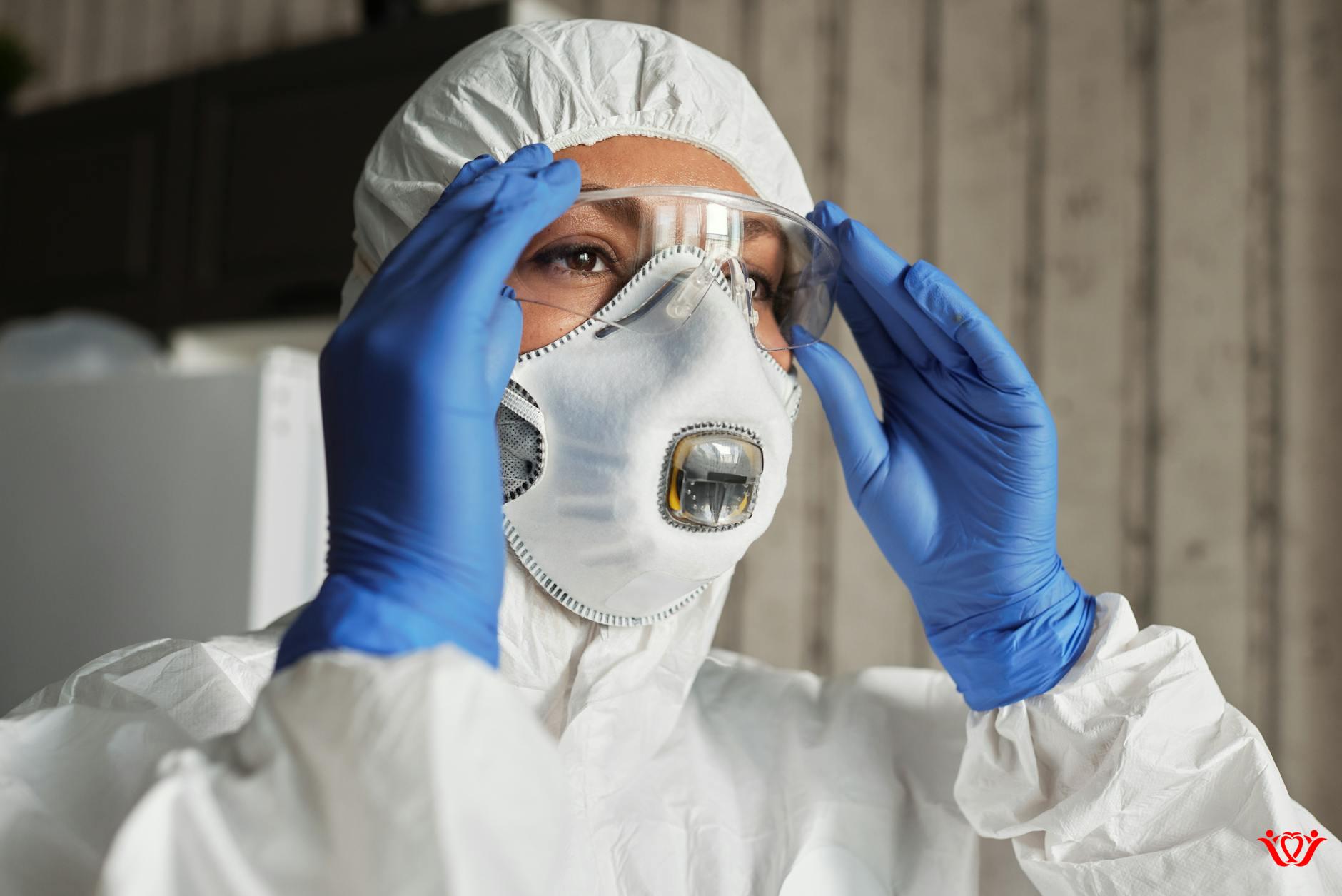
Introduction: Prioritizing Safety for Home Health Aides
Being a home health aide is a rewarding profession, offering invaluable support to individuals in need. However, the job inherently involves certain risks. Understanding and proactively avoiding dangerous situations is paramount for both your safety and the well-being of your clients.
1. Unsafe Home Environments: Recognizing and Addressing Hazards
Identifying Potential Dangers
Many homes may present unexpected safety challenges. Look out for tripping hazards like loose rugs, cluttered walkways, and poorly lit areas. Electrical hazards, such as frayed wires or overloaded outlets, are also significant concerns. Pay attention to the presence of sharp objects, unsecured medications, and potential sources of falls, like unstable furniture.
Communicating with Clients and Families
Openly discuss safety concerns with your clients and their families. Suggest practical solutions, such as removing trip hazards, improving lighting, and securing medications. Collaboration is key to creating a safer environment for everyone.
Reporting Concerns to Supervisors
If you encounter significant safety issues that cannot be immediately resolved, report them to your supervisor. Your employer has a responsibility to provide a safe working environment. Don’t hesitate to raise concerns; your safety is a priority.
2. Avoiding Physical Assault and Verbal Abuse: Protecting Yourself
De-escalation Techniques
Some clients, due to illness or cognitive decline, may exhibit aggressive or unpredictable behavior. Learning de-escalation techniques is essential. Maintain a calm demeanor, speak softly, and try to understand the source of their frustration. Know when to seek assistance from a supervisor or other support personnel.
Self-Defense Strategies
While not a replacement for de-escalation, basic self-defense strategies can enhance your safety. Consider enrolling in a self-defense course specifically designed for healthcare professionals. Knowing how to protect yourself can significantly reduce risk.
Documenting Incidents
Meticulously document any instances of verbal or physical abuse. Include dates, times, and detailed descriptions of events. This documentation provides crucial evidence if further action is necessary.
3. Preventing Musculoskeletal Injuries: Ergonomics and Lifting Techniques
Proper Body Mechanics
Lifting and transferring patients is a frequent aspect of home healthcare. Employing proper body mechanics is vital to avoid back injuries and other musculoskeletal problems. Use your legs, not your back, to lift; always maintain a stable base, and ask for assistance when needed.
Using Assistive Devices
Utilize available assistive devices such as transfer belts, slide boards, and mechanical lifts. These tools significantly reduce the strain on your body during patient transfers, minimizing the risk of injury.
Seeking Assistance
Don’t hesitate to ask for help when lifting or transferring patients. It’s better to err on the side of caution and request assistance to avoid potential injuries.
4. Exposure to Infectious Diseases: Infection Control Measures
Hand Hygiene
Meticulous hand hygiene is the cornerstone of infection control. Wash your hands frequently with soap and water, or use an alcohol-based hand sanitizer. This simple practice drastically reduces the transmission of pathogens.
Personal Protective Equipment (PPE)
Understand when and how to utilize personal protective equipment (PPE), such as gloves, masks, and gowns. Follow established infection control protocols to protect yourself and your clients from infection.
Reporting Illnesses
Report any signs or symptoms of illness promptly to your supervisor. This ensures the well-being of your clients and prevents the spread of infectious diseases.
5. Vehicle Safety and Transportation of Clients
Vehicle Maintenance
Ensure your vehicle is regularly maintained and in safe operating condition. Regularly check tires, brakes, and lights. A well-maintained vehicle greatly reduces the likelihood of accidents.
Safe Driving Practices
Prioritize safe driving practices. Always wear a seatbelt, obey traffic laws, and avoid distractions while driving. When transporting clients, ensure they are properly secured in the vehicle.
Emergency Preparedness
Be prepared for unexpected emergencies while driving. Carry a first-aid kit and a fully charged mobile phone. Know your route and have alternative routes planned in case of unforeseen circumstances.
Conclusion: Safety First
By proactively addressing these potential hazards, home health aides can significantly enhance their safety and contribute to a more secure environment for their clients. Remember, prioritizing safety is not merely a good practice; it’s essential for a successful and fulfilling career in home healthcare. Always refer to your employer’s safety guidelines and seek support when necessary.
For more information on workplace safety, you can visit the Occupational Safety and Health Administration (OSHA) website: OSHA.
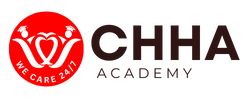

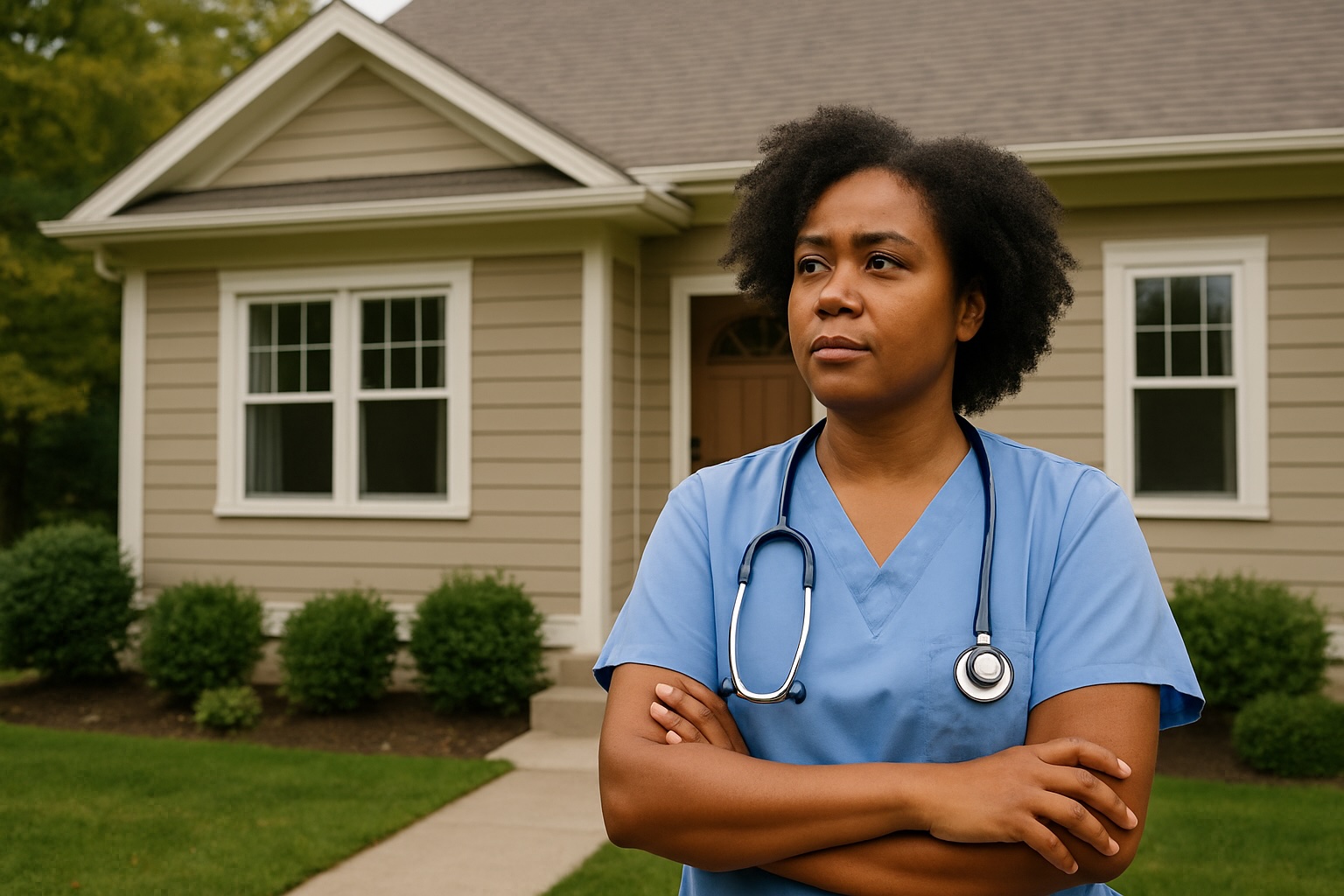

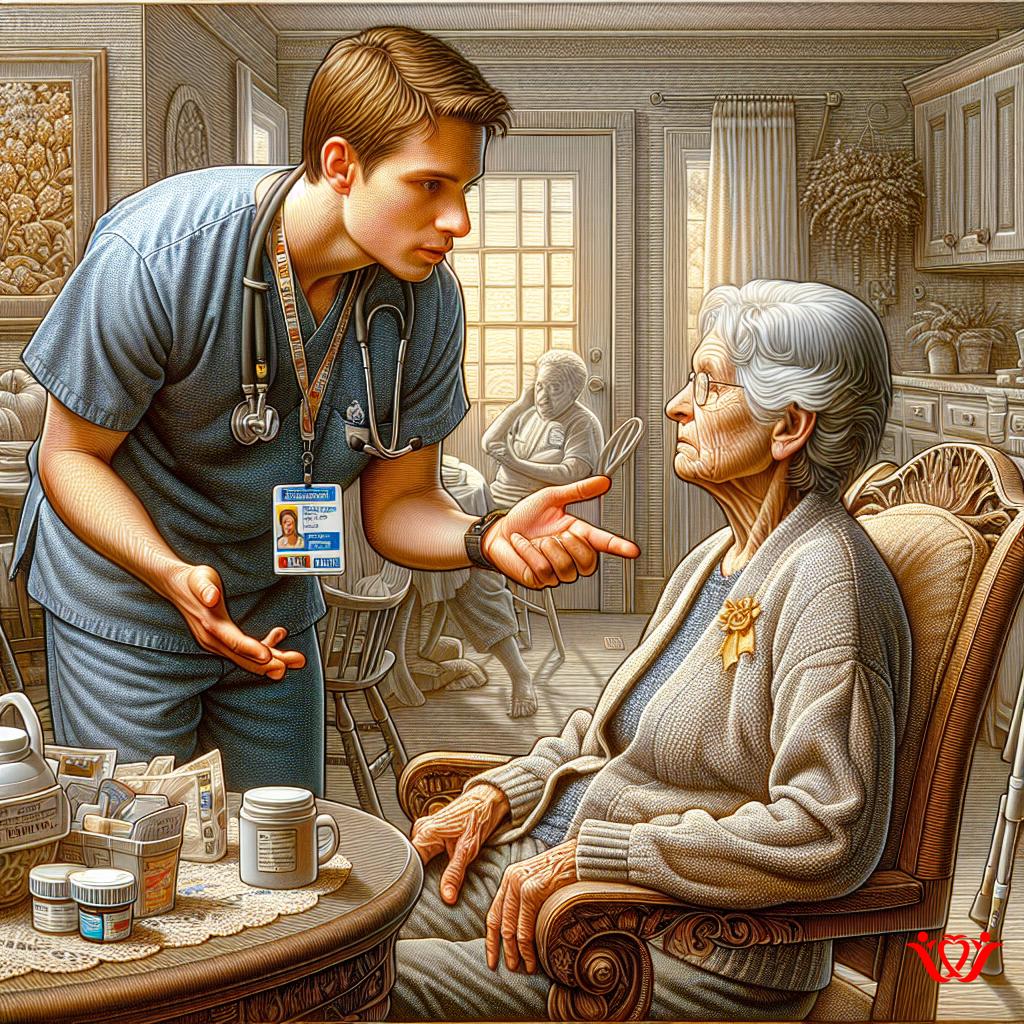




0 Comments